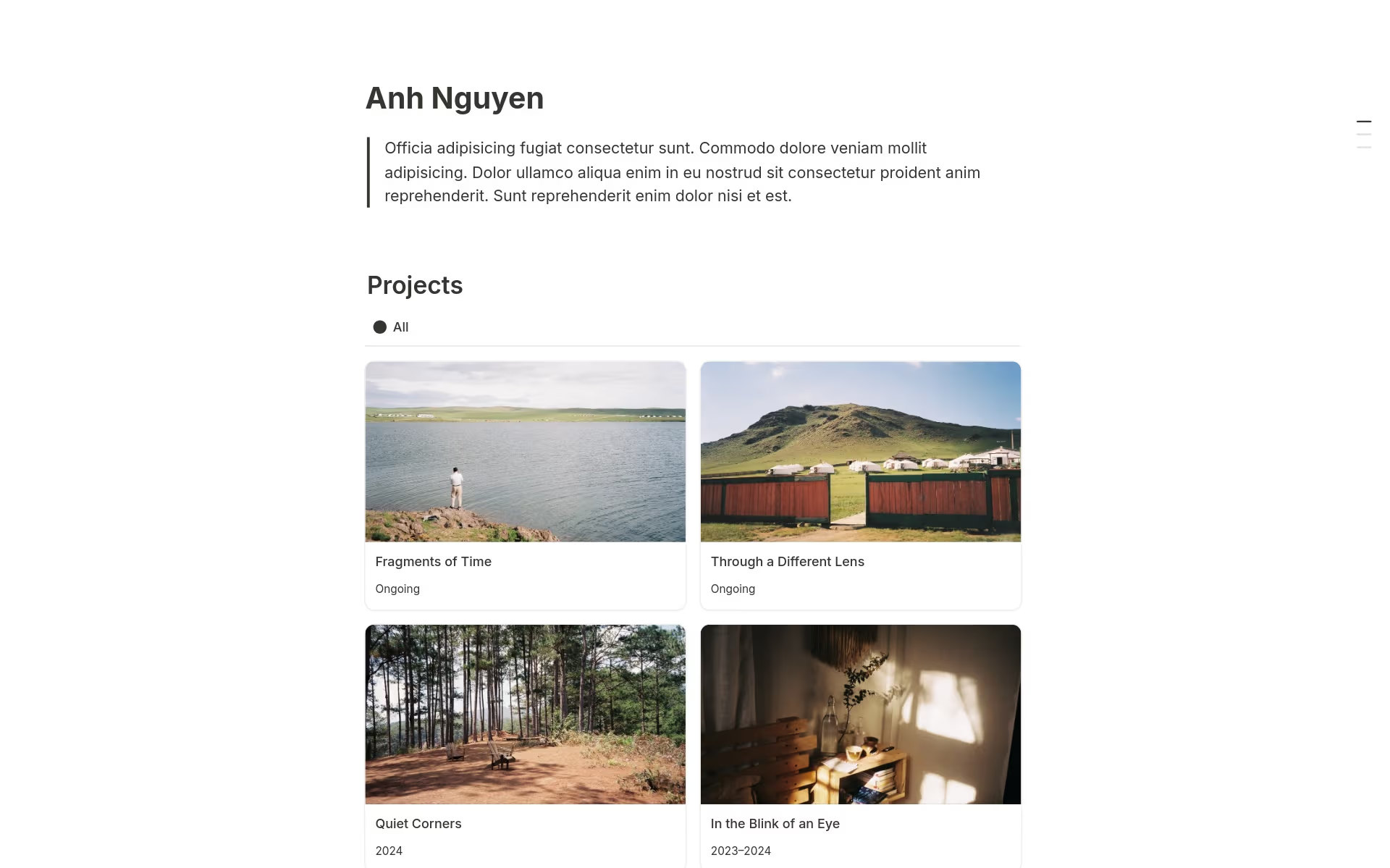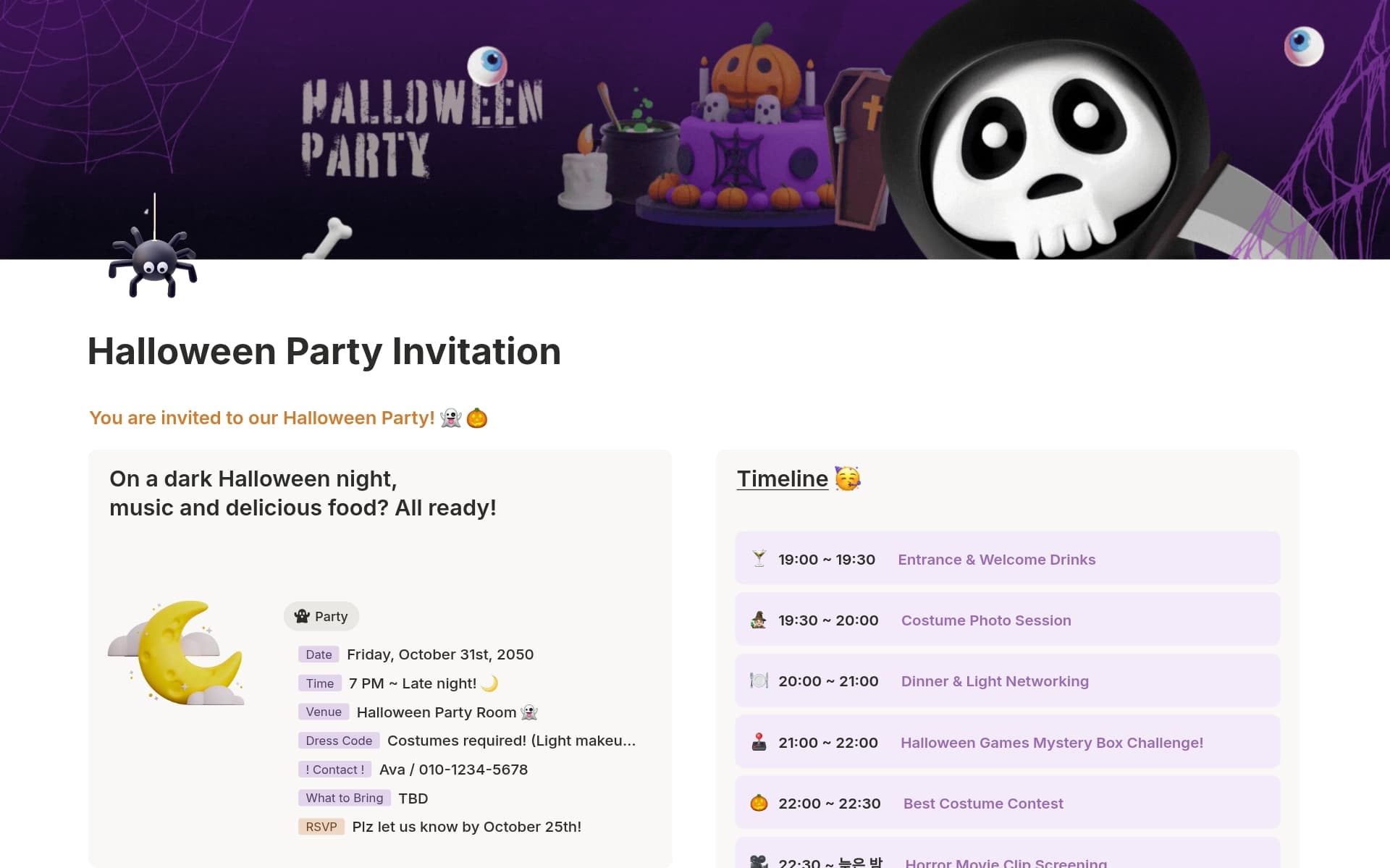In the field of mechanical engineering, maintaining a meticulous record of incidents is invaluable for identifying patterns, drawing lessons from mishaps, and ensuring continuous improvement in safety and operations. An Incident Report template structured within an adaptable platform like Notion can simplify this documentation process, making it more efficient and systematic. This leaves engineers more time to focus on analysis and preventative measures rather than on the administrative aspects of reporting.
Before diving into creating your own Incident Report template, consider exploring the existing templates listed below to streamline your process.
What Should Incident Report Templates Include?
Choosing the right Incident Report Template is crucial for mechanical engineers to ensure thorough documentation and analysis of any incidents. Here are key components to look for in a template:
Clear Incident Description: The template should have a dedicated section for a detailed description of the incident, including the time, location, and circumstances.
Immediate Actions Taken: It is important that the template includes a section to record the immediate steps taken in response to the incident to mitigate further risks.
Witness Statements: A good template provides space for statements from witnesses, which are crucial for a comprehensive understanding of the incident.
Follow-up Actions: Ensure the template has a section for documenting follow-up actions, including any long-term measures to prevent future incidents.
With these components, a template can significantly streamline the incident reporting process, making it easier to focus on resolution and prevention.
What Should Incident Report Templates Avoid?
Choosing the right incident report template is crucial for mechanical engineers to ensure clarity and efficiency. It's equally important to know what to avoid in these templates.
Overly Complex Layouts: Templates with too many sections or complicated designs can confuse users and detract from the main incident details.
Irrelevant Sections: Avoid templates that include unnecessary fields which are not applicable to mechanical engineering incidents, as they can dilute the focus of the report.
Static Content Fields: Steer clear of templates that do not allow customization of content fields, as flexibility is key to addressing specific incidents effectively.
Selecting a template that avoids these pitfalls will streamline the reporting process and enhance the accuracy and relevance of the reports generated.




